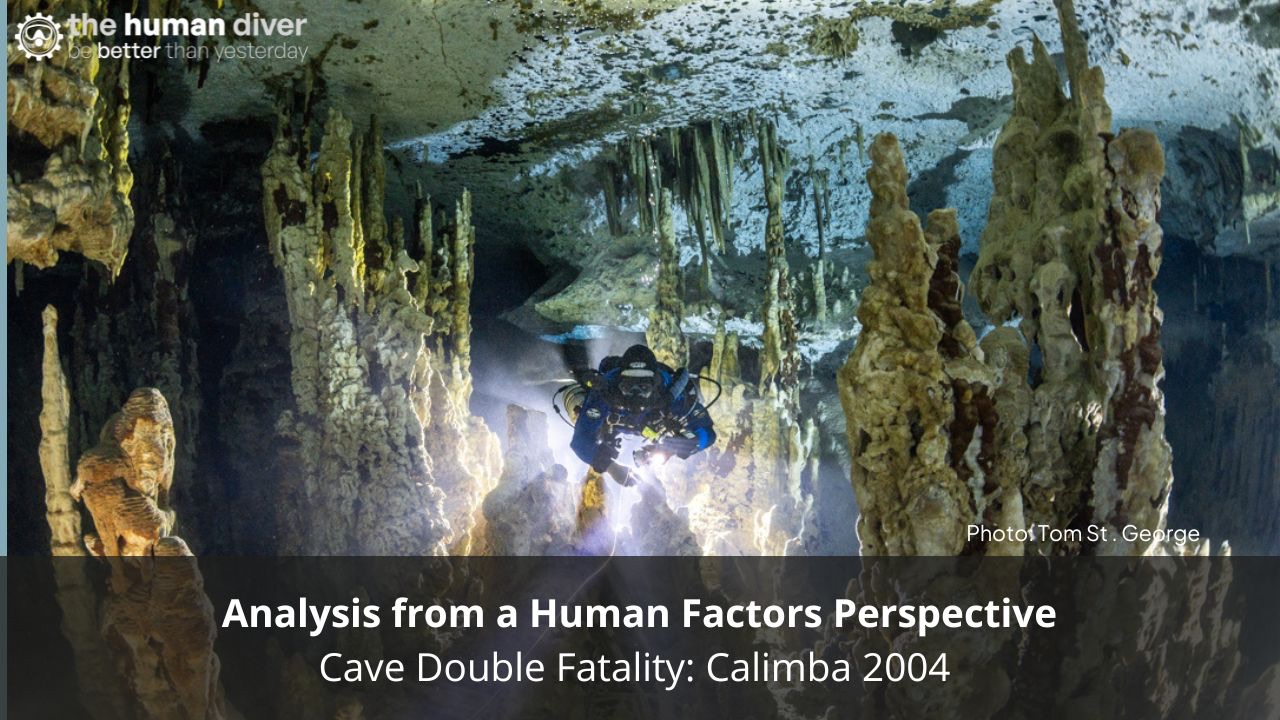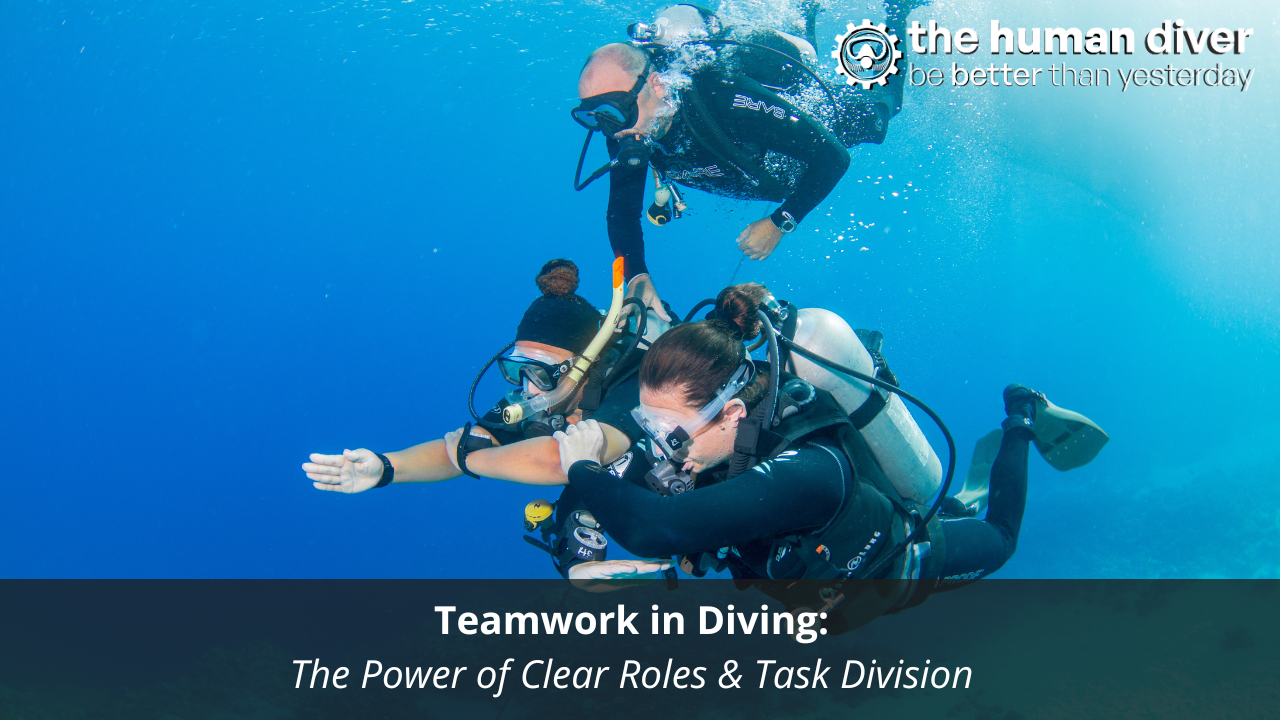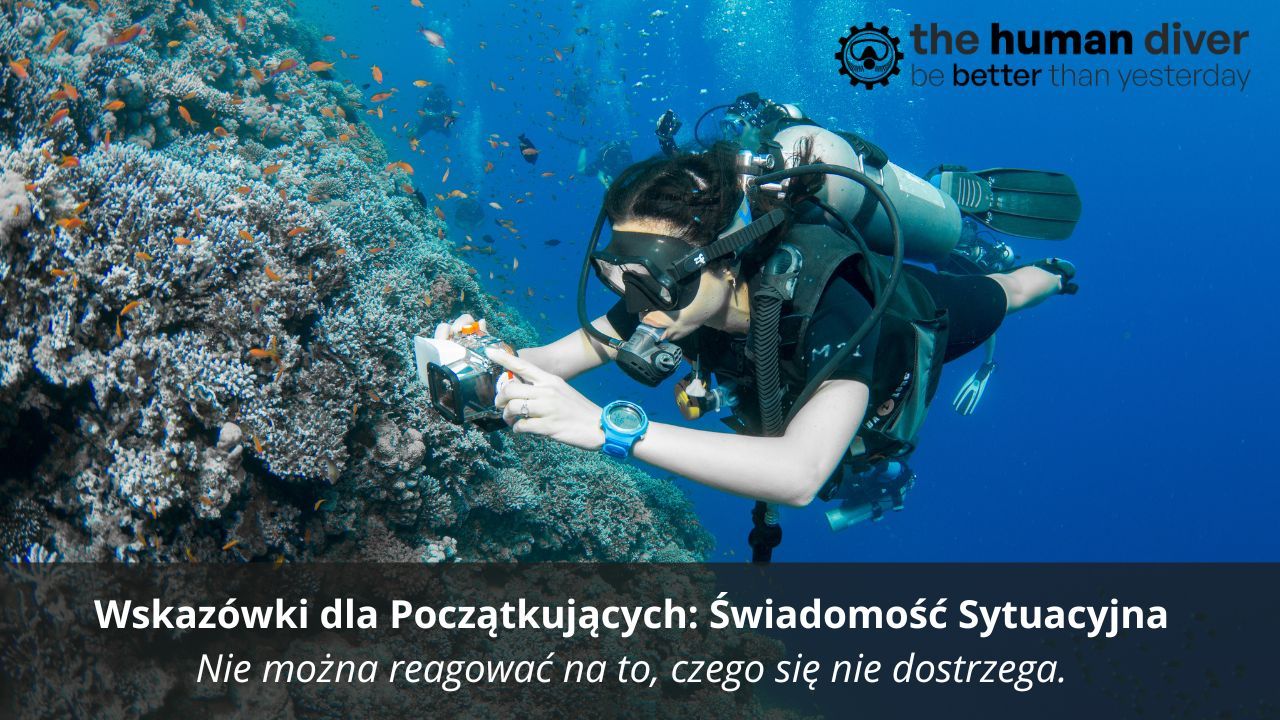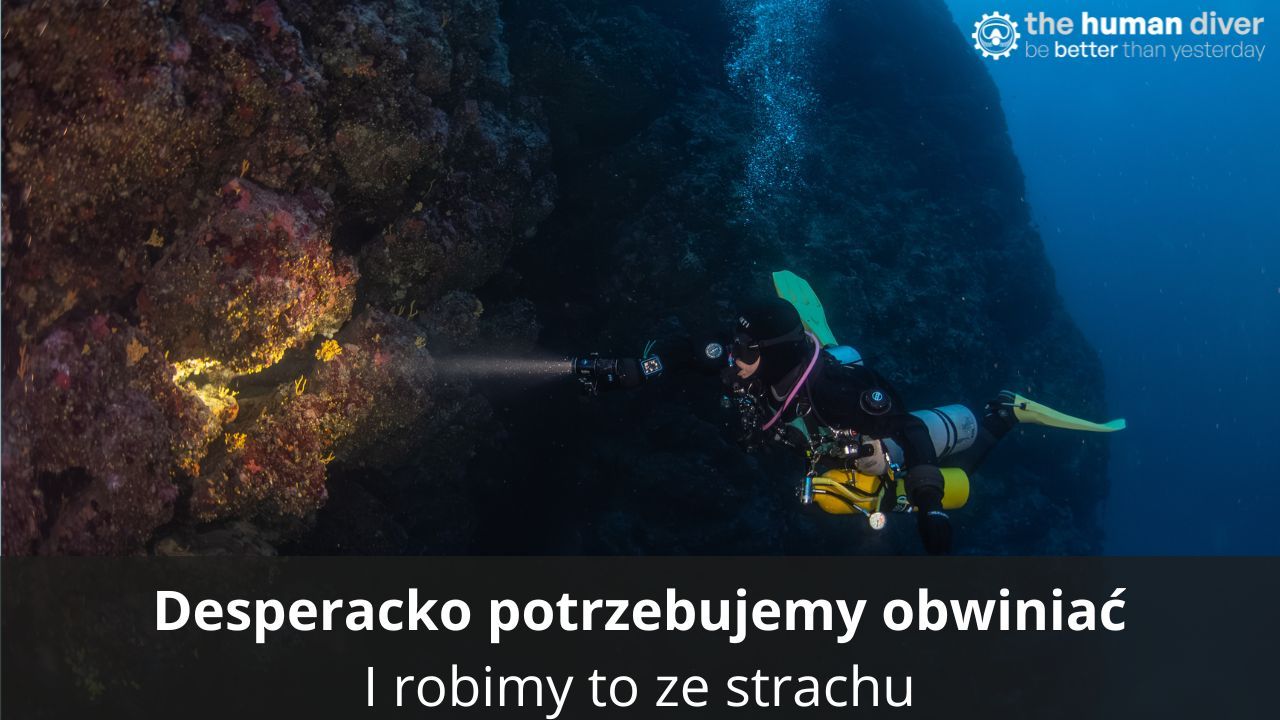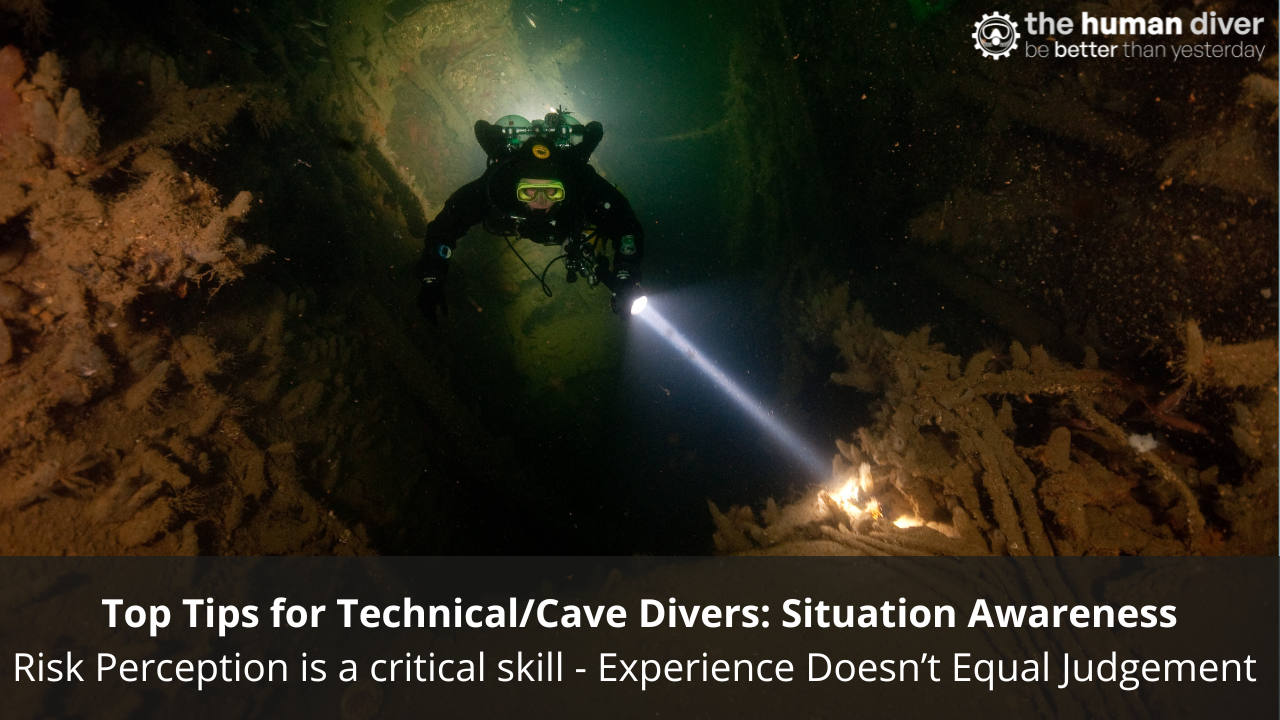
Why are dive briefings important? How to deliver them effectively
Mar 25, 2025Over the last eight years, The Human Diver has taught hundreds of divers, diving instructors, dive supervisors, and even non-divers in our applied programmes. One of the most consistent learning points that participants take away is the need to run effective briefs and debriefs. These go beyond the typical approach of "jump in, swim around, get out, and talk about how great we were." Instead, they focus on setting the dive team up for success and learning from what happened by digging into details rather than generalities.
This blog will look at effective briefings.
Building and Maintaining a Shared Mental Model
An effective dive briefing is critical for ensuring that all team members have a shared mental model of the dive plan, potential threats, emergency procedures, and team roles. Without this shared understanding, divers may make assumptions that lead to confusion or even dangerous situations underwater.
A well-structured briefing ensures that everyone knows what to expect, when and how to act, and what to do if something goes wrong. This fosters teamwork, enhances safety, and ensures a more enjoyable and efficient dive.

How to deliver an effective brief
UNITED-C: Setting Your Team Up for Success
One of the most effective ways to structure a dive briefing is using the UNITED-C framework. This structure ensures that all critical aspects of the dive are covered in a logical and clear manner, reducing the likelihood of misunderstandings. However, the briefing does not need to be a rigid, bullet-pointed checklist; it should flow as a natural conversation.
Here’s an example dive brief that follows the UNITED-C structure:
“The goal of this dive is to have fun and see a great wreck. I'll be leading, but Adam, you can lead the navigation inside the wreck. I'll be #2, and Claire, you’ll be #3 keeping us sorted from behind. When we exit the wreck, I'll take the lead back, and we’ll head over to the propellers for some photos. Max runtime is 65 minutes, with no deco planned. Max depth is 20m.
The visibility inside the wreck is good, and there isn't any silt, so we don't need to lay a line. However, we’ve all got three lights since it will be dark. There aren’t other divers planning on taking our route, so we shouldn’t have any confusion with others all wearing black drysuits and diving twinsets—been there before!
Adam, you've dived this wreck multiple times. Is there anything we need to consider in terms of 'gotchas'?
Claire, what have I missed during this brief so far?
I’ll reinforce that, as with all dives, if anyone isn't happy at any time for any reason, just thumb it, and we can talk about it on the surface. Although this is a great wreck, and we've been waiting to dive it for a while, it isn't going anywhere!
In terms of diver or team separation, standard protocols apply: search for a minute (which will feel like it goes quickly!), then ascend. This is a minimum deco dive, so no safety stop is needed in an urgent situation—just get to the surface. The minimum gas for the dive is 40 bar. We don’t have to return to the shot but can do a free ascent. Claire will be running the dSMB on ascent, but if needed, I will run the backup. The skipper doesn’t have a diver recall protocol.
As usual, we’ll run a debrief after we’ve de-kitted, tied the gear down, and grabbed a brew.
Adam, what are the biggest threats on this dive, and how are we dealing with them?
Claire, what’s the separation protocol?”
Breaking Down UNITED-C
This briefing effectively covers all the key elements of the UNITED-C structure:
-
U - Understand task, goal & objectives: Clearly defining the purpose of the dive.
-
N - Notify the team of roles: Everyone knows their responsibilities and what they involve.
-
I - Identify resources needed, risks/dependencies, and threats: What can you not do without? What are some potential hazards?
-
T - Test the Plan: Go through the plan with the team to uncover any overlooked aspects.
-
E - Establish emergency/contingencies: Clarifying actions in case of separation or other issues.
-
D - Determine the time and place of the debrief: Setting expectations for post-dive learning.
-
C - Check Understanding: Ask questions of the team to check their mental model aligns with yours.
Why This Matters
Having a structured approach helps the person delivering the briefing to communicate coherently without missing important details. It also helps the team because they know what to expect and when to ask for clarification.
One important tip: Plan the dive before briefing it. If you try to plan while briefing, it will be messy, and key details may be overlooked. Instead, take time to prepare your key points in advance (The Human Diver Wetnotes include UNITED-C for reference), then deliver the briefing as a conversation, then check for understanding.

By following this approach, you set your dive team up for success, ensuring a safer and more effective dive while also reinforcing teamwork and shared mental models.

Mike Mason is part of the Human Diver Team, who’s mission is to educate and develop divers, instructors and related teams to be high-performing. If you'd like to deepen your diving experience, consider taking the online introduction course which will change your attitude towards diving and make it better and safer. If you’d like to know more, visit the website.
Want to learn more about this article or have questions? Contact us.


